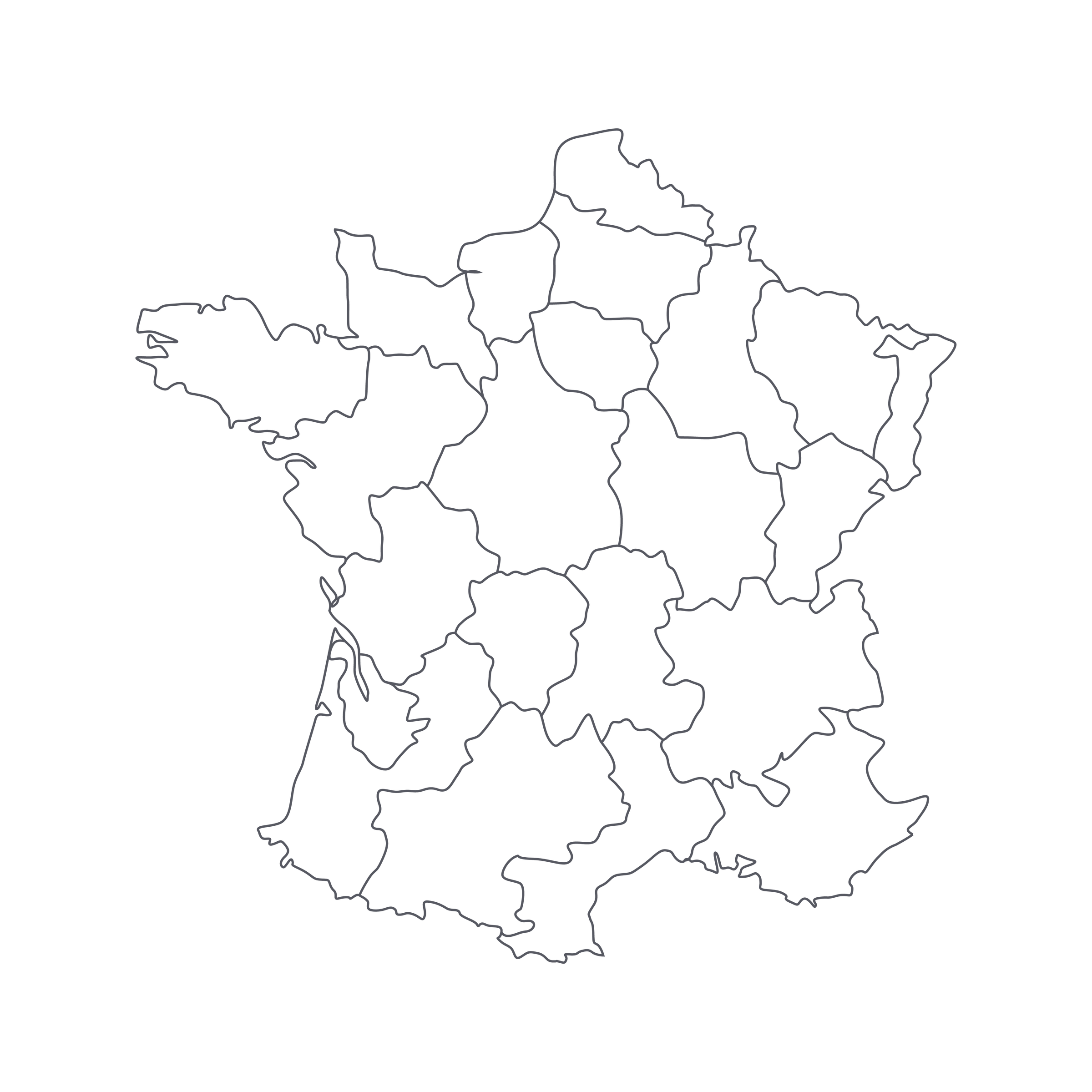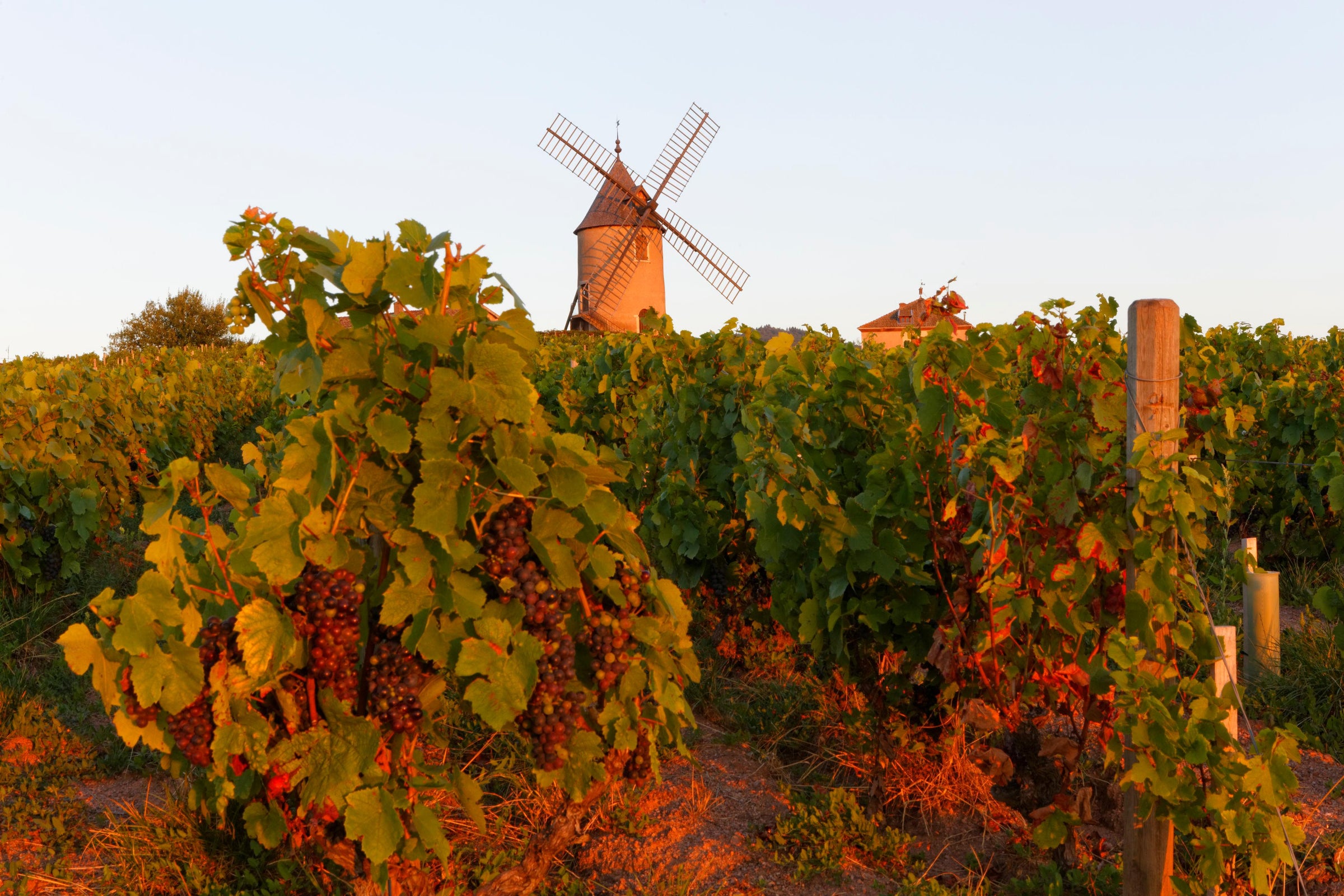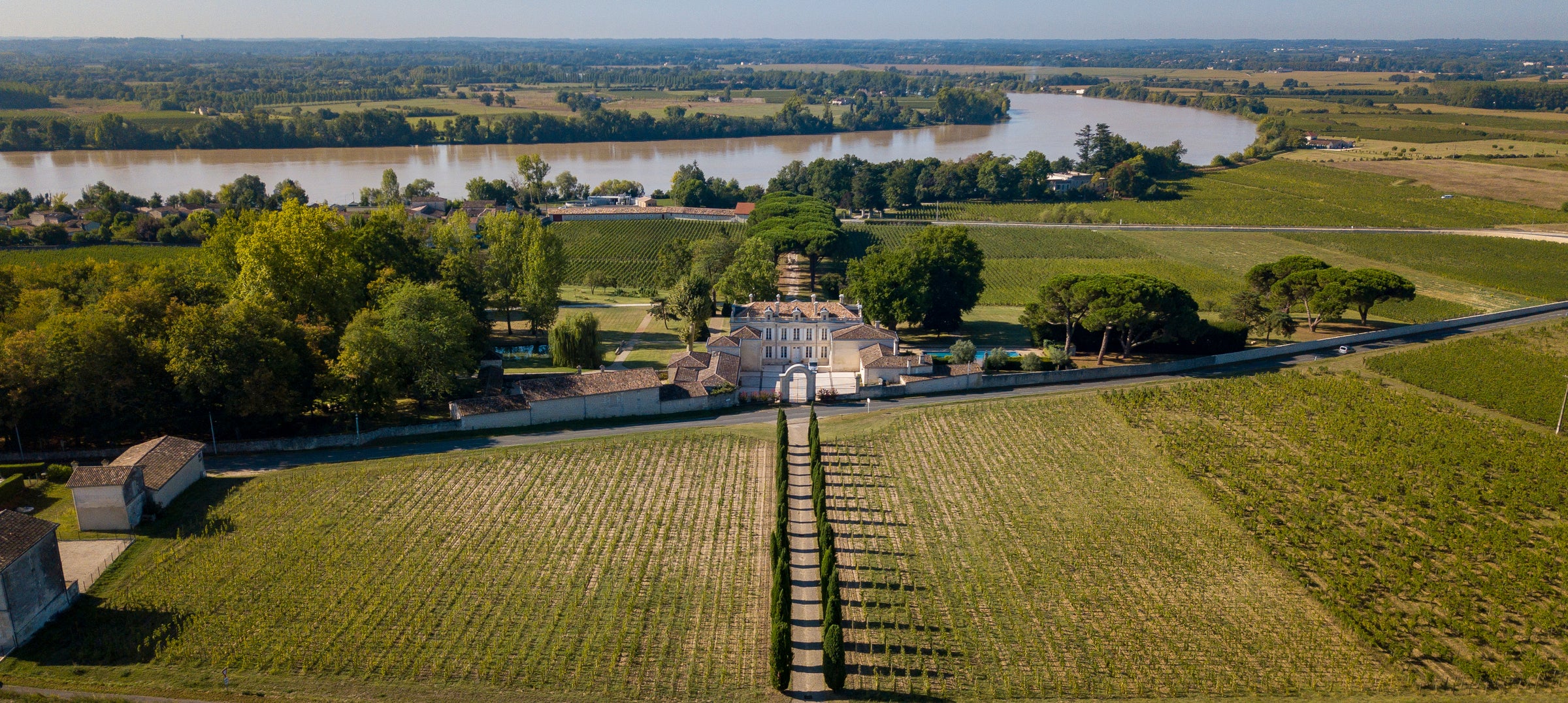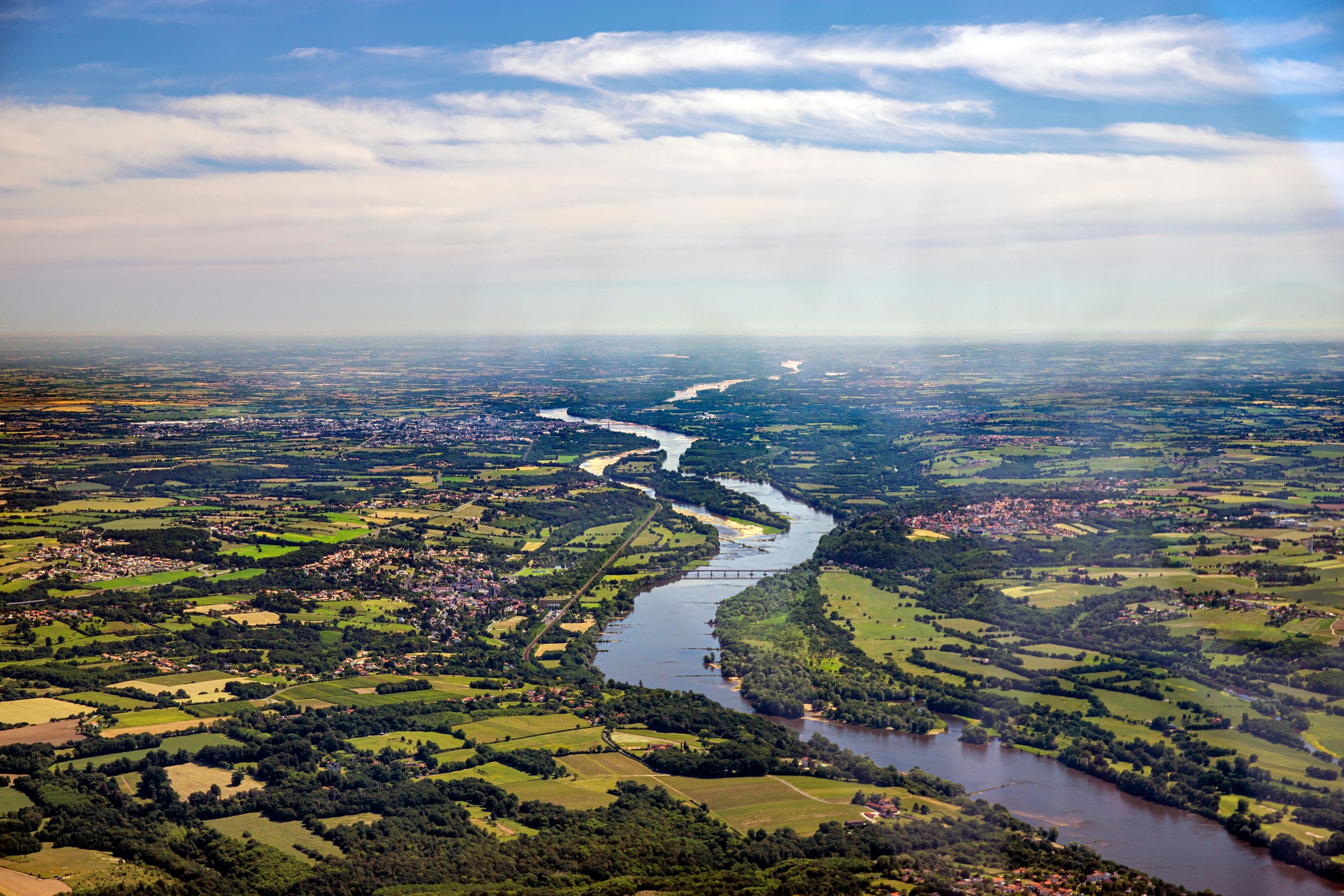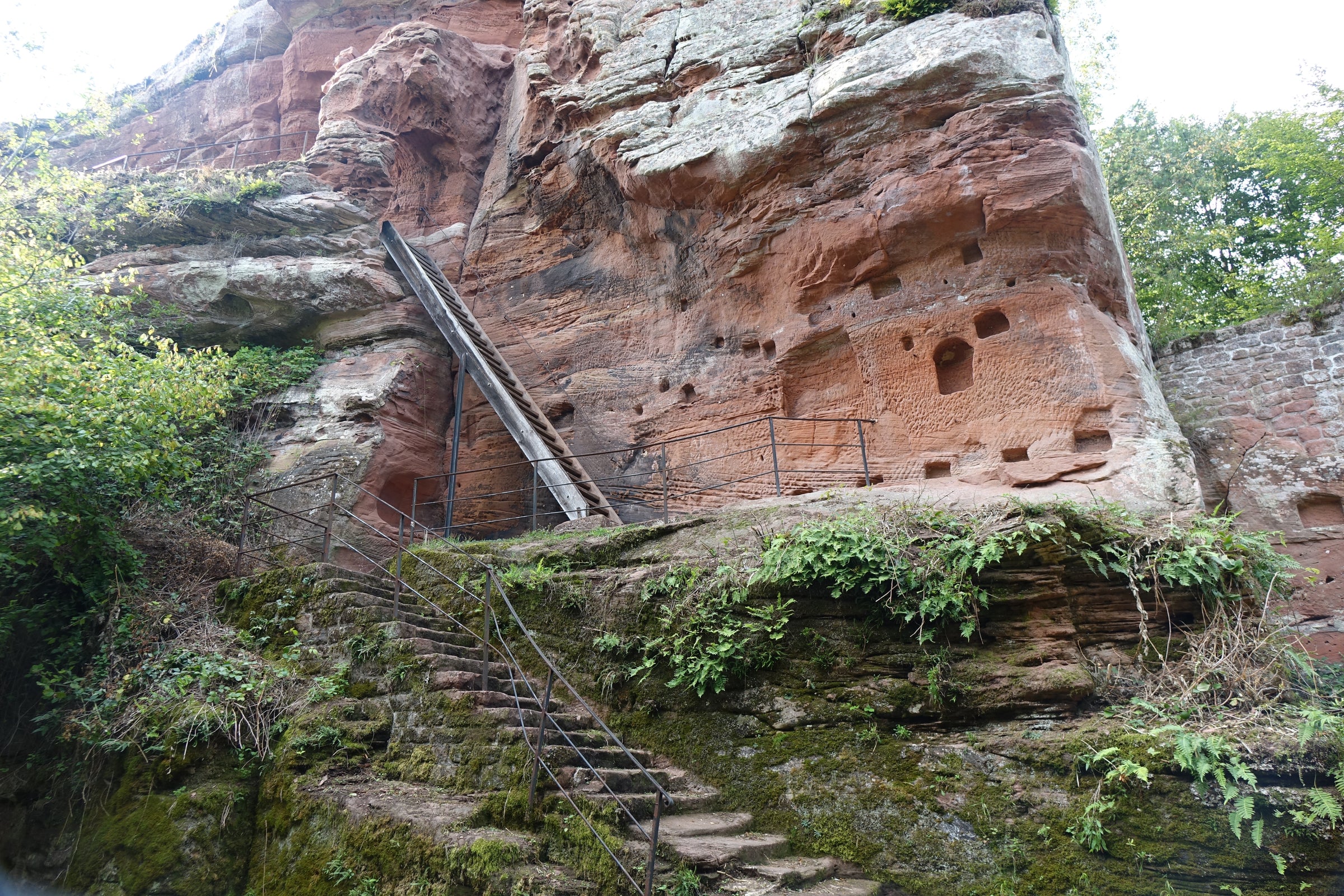Today’s two-pack is a phenomenal rarity that few will ever witness, let alone purchase. In case I need to explain just how limited, sought-after, and investment-worthy Pierre Bénetière’s unicorn-in-training “Cordeloux” is, here’s a quick breakdown of his most recent vintages: He didn’t produce it in 2014; very little of the 2015 made it to America; and the 2016 & 2017 just simultaneously arrived in pitiful quantities (both are practically nonexistent in the US market). As for older vintages? Their value almost always skyrockets: Be prepared to pay $200-$400+ per bottle, if you can find one! All that, however, is just a small part of the magic behind these ethereal and profoundly stirring Côte-Rôties.
Vigneron-hermit Pierre Bénetière is infamous for declining partnerships with large-scale importers, refusing to create a website, avoiding trade shows, and shutting the door on wine critics. Furthermore, his estate and vine holdings—which are more accurately described as morsels—probably qualify for the smallest in the region. And lastly, no matter how many you’ve had, each new bottle always surprises by delivering a powerfully fragrant and singular expression of Syrah. If you like the seamless quality of Burgundy, Bénetière is for you. If you like the firm structure of Bordeaux, Bénetière is for you. If you simply enjoy serious, cellar-worthy, exceedingly rare red wine, Bénetière is for you. Few people have been able to secure any amount of the ’16 or ’17, and I don’t know of anyone who’s offering them in tandem. Up to three multi-packs per person. Good luck!
Pierre Bénetière’s operation is essentially a one-man show. He’s put a lifetime of excruciating manual work into these hillsides, from breaking ground and planting vines, to surviving years of unprofitability, to becoming one of the most revered names in the northern Rhône. With only a couple of acres, production will always be minuscule and, on top of that, extremely small quantities are exported to the United States—not from lack of demand but because he’s not really concerned about it! So, we hope you treat yourself to this impossibly rare two-pack.
In three decades, Bénetière has transitioned from protégé to cult legend, but it hasn’t come easy. His few acres, excluding a small parcel in La Turque (made famous by E. Guigal’s $400+ bottling), were devoid of vines when he first purchased them. So, in either a raving mad or resolutely passionate attempt, he began farming the precipitous hillsides of Côte-Rôtie from scratch. Pierre recalls his past: “My friends said it was an impossible task, to get land cleared and planted for vines, then to make the wine...that got me going.” As a result, he didn’t turn a profit for roughly 15 years while his wife worked to help them stay afloat. Pierre is a pure example of someone who is driven by love of vine and his wines personify that.
“Cordeloux” comes from a micro-parcel named “Corps de Loup” in the southern part of Côte-Rôtie. As mentioned, these steep terraces were carved out and subsequently planted by Pierre decades ago. Soils here are largely granite with schist and sand. Pierre’s philosophy for viticulture is simple: “The less I go in the vineyard, the better for me.” He has practiced organic farming for over 15 years now and has always harvested by hand. In the winery, grapes are left on their stems—another reason die-hard Syrah fanatics love him—and fermentation is triggered with natural yeasts. Pierre makes two Côte-Rôtie wines, the other called “Dolium,” which is a two-barrel production from the legendary “La Turque” vineyard in Côte Brune; a small portion of those grapes typically find their way into “Cordeloux.” The wine ages in mostly used French oak (some are old Liger-Belair Burgundy barrels that previously held Grand Cru “La Romanée”) for approximately 20 months. To further cement his traditional style, Pierre adds 5-6% Viognier into the final blend for enhanced aromatics. The wine is bottled without fining or filtering.
NOTE: The 2016 (along with his ’15 and ’14) is labeled “Vin de France” because of Pierre's deadlock with the Côte-Rôtie AOP. His indifference for administrative tasks/wine politics is just one more reason why we love him.
Historically, we've only been fortunate enough to offer one of Bénetière’s wines, and we were unable to taste it. This time around, we couldn't let the opportunity pass us by so we uncorked the pair. The results? These are entirely different breeds! The ’17 is full of powerful perfume and savor, flaunting broad layers of brambly fruit, currant, violet, and smoke, whereas the ’16 is leaner and sizzles with olive, acid, rock, and pepper. However, I can confidently say that the true genius won't emerge until 2025/26, and they'll both keep maturing well into the 2030s and beyond. I strongly advise not opening before 2025, but if you do, make it the ’17 vintage and do not pop and pour—decant it no less than two hours and serve in large Burgundy stems. Ultimately, these towering rarities deserve time to evolve in your cellar and while they do, I guarantee they'll attract the attention of every visitor you have!


